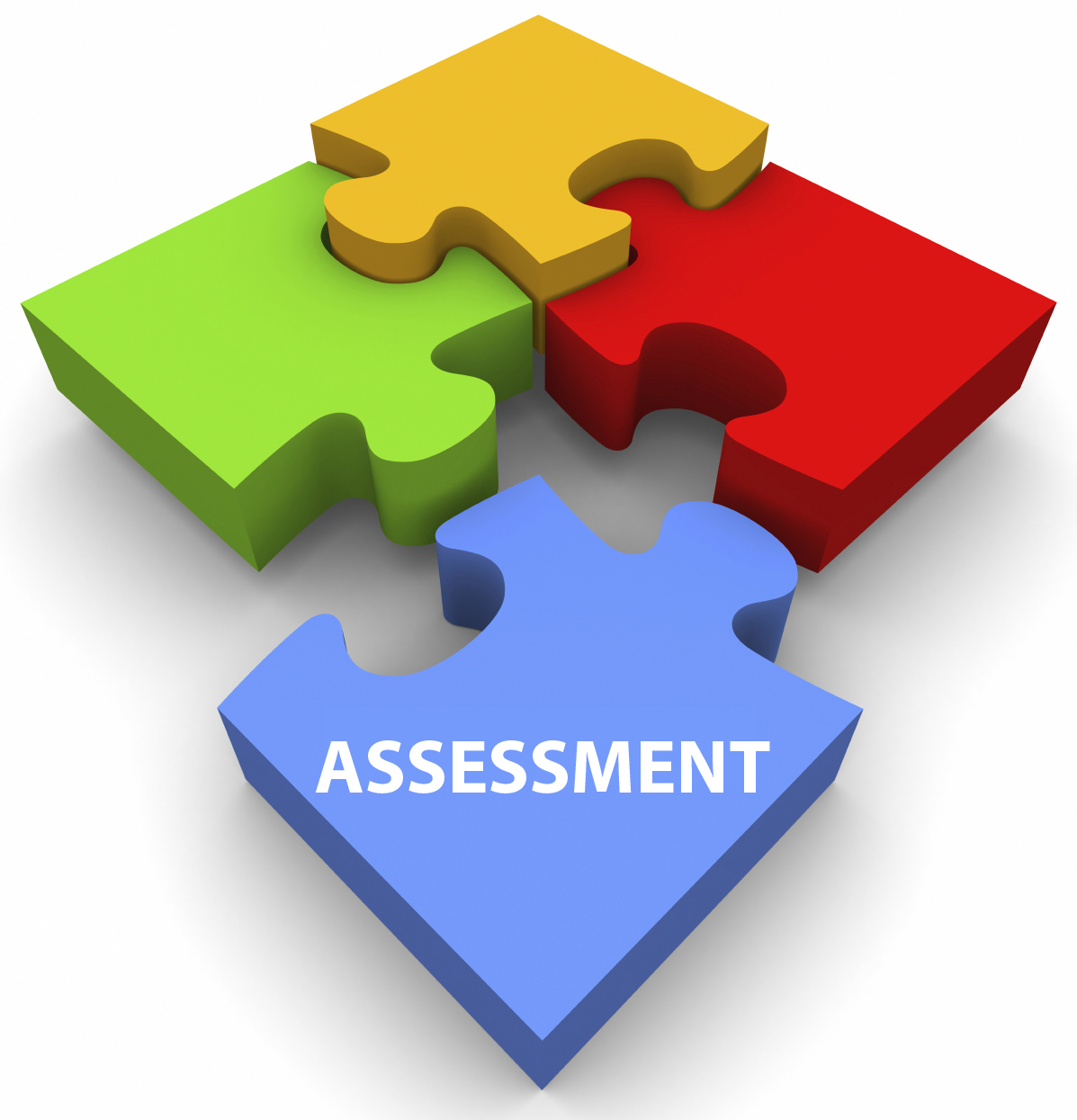To unlearn bad habits, first experience them. I have shared a lot about the RxI scores.
R × I — Risk × Impact — was invented to make risk feel manageable. But in real life, it’s the biggest scam in risk management. It is time to transform it. You can either ditch it or overcome its limitations by providing more context i.e. using the following risk register – by including a story in your risk assessment.
Here’s why and how:
1. Risk is not arithmetic. A risk scored 3×5 is not the same as 5×3. One could wipe you out overnight, the other could be death by a thousand cuts. Leaders who treat them as equals are gambling blind.
2. Impact is dynamic, not static. Today’s “low” impact becomes catastrophic when your environment shifts — just ask Kodak when digital cameras went mainstream and democratised with the mobile phone.
3. Likelihood is a guessing game. You can’t predict a Black Swan event. Pretending you can is intellectual fraud.
4. Scores kill urgency. A “Medium Risk” label soothes executives into sleepwalking into disaster. Who would have predicted the total closure of the world by COVID-19??
How to make your risk management bulletproof despite RxI’s limitations
1. Tell the risk story. Write down how the risk actually happens, not just a lazy number. Use names, actions, and consequences. Make it real.
2. Assign human accountability. A risk without an owner is a risk waiting to blow up. Give every material risk a name and a face.
3. Set early warning indicators. Before a bomb explodes, the wires heat up. Before a risk explodes, indicators flash. Spot them early.
4. Review risks like a living thing. Risks mutate. What’s “low” today might be “critical” tomorrow. Update your risk profile ongoing, not annually.
5. Simulate scenarios. Run simulations and war-games. Pressure test your strategies in a safe environment before the battlefield forces you to.
How top experts empower leaders to win
Real experts engineer risk resilience. They:
1. Build risk muscle memory. Through simulations and rehearsals, leaders react instinctively when real crises hit.
2. Train leaders to think in probabilities, not certainties. Risk is about preparing for possibilities, not betting on predictions.
3. Integrate risk intelligence into strategy. Every strategic choice comes with a risk map: What we’re betting on, what could kill us, and how we’ll respond.
4. Empower decentralised risk sensing. Front-line staff are trained to spot and report weak signals before they become disasters. Risk management is everyone’s job, not just the Risk Officer’s.
5. Force uncomfortable conversations early. Instead of hiding behind R × I charts, experts surface brutal truths, making risks visible while there’s still time to act.
Wake up or be wiped out.
Mr Strategy, 2025. summitcl.com.









